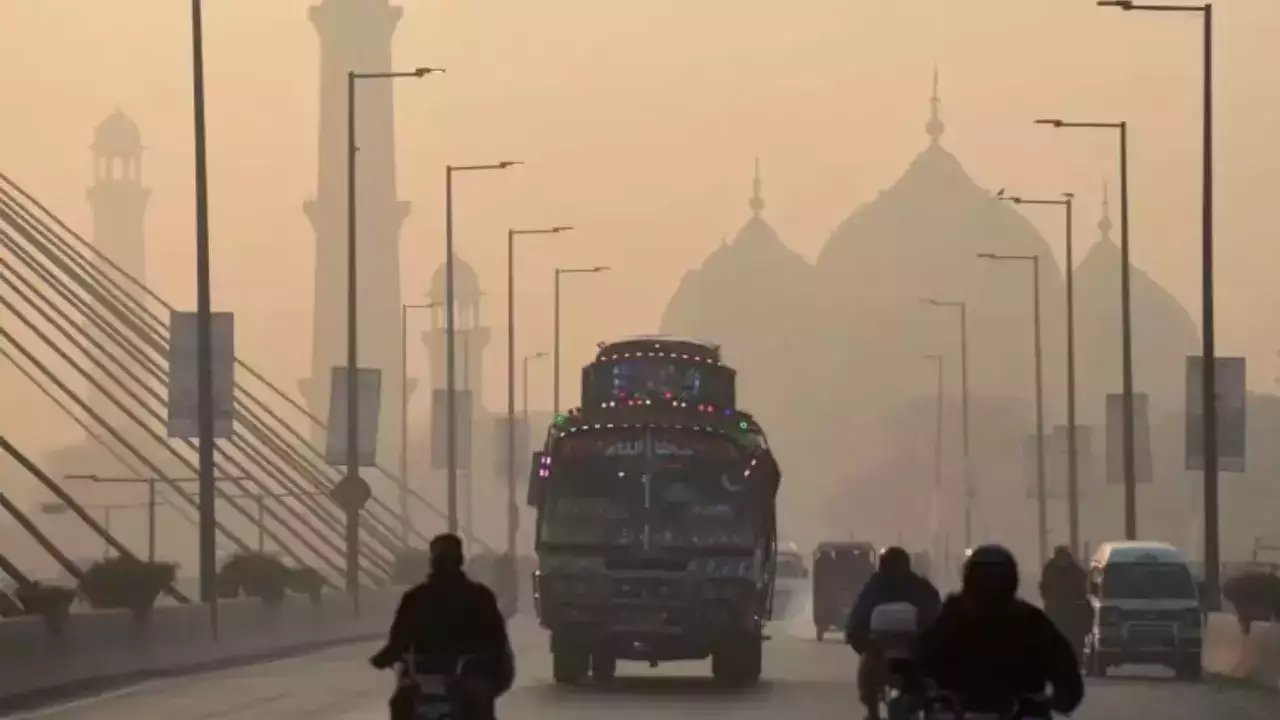
Increased Mortality Rates: Air pollution is a leading cause of infant mortality in India. In 2020, it was reported that air pollution contributed to the deaths of over 116,000 newborns within their first month of life. This translates to a newborn dying every five minutes due to air pollution-related causes.
Low Birth Weight and Preterm Birth: Exposure to high levels of particulate matter (PM2.5) during pregnancy is associated with low birth weight (LBW) and preterm deliveries. Studies indicate that for every 10 µg/m³ increase in PM2.5 exposure during pregnancy, there is a corresponding decrease in birth weight by approximately 4 grams and an increase in the prevalence of LBW by about 2%.
Developmental Delays: Air pollution has been linked to developmental delays in children. Research shows that exposure to pollutants can hinder cognitive development and growth, leading to stunting in children. It has been estimated that reducing pollution levels to WHO-recommended standards could significantly decrease the rates of stunted growth among children.
Respiratory Issues: Children exposed to polluted air are at a higher risk for respiratory diseases such as asthma and pneumonia. The prevalence of acute respiratory infections increases with higher levels of air pollution, contributing to hospital admissions among young children.
Long-term Health Effects: The impact of air pollution extends beyond immediate health issues. Long-term exposure can lead to chronic conditions such as cardiovascular diseases and may affect lung function throughout childhood and into adulthood.

Children are particularly vulnerable to the effects of air pollution due to several factors:
Higher Breathing Rates: Infants and young children have higher metabolic rates and breathe more air relative to their body weight compared to adults, making them more susceptible to inhaling harmful pollutants4.
Underdeveloped Immune Systems: The immune systems of newborns and young children are still developing, which makes them less capable of combating the adverse effects of toxic exposures from air pollution.

The health implications of air pollution for children and newborns in India are profound and multifaceted. Addressing this public health crisis requires urgent action from both government and community levels, including stricter regulations on emissions, increased public awareness, and improved healthcare access for affected populations. Reducing air pollution is not only essential for protecting children's health but also for ensuring their long-term development and well-being.
.webp)


